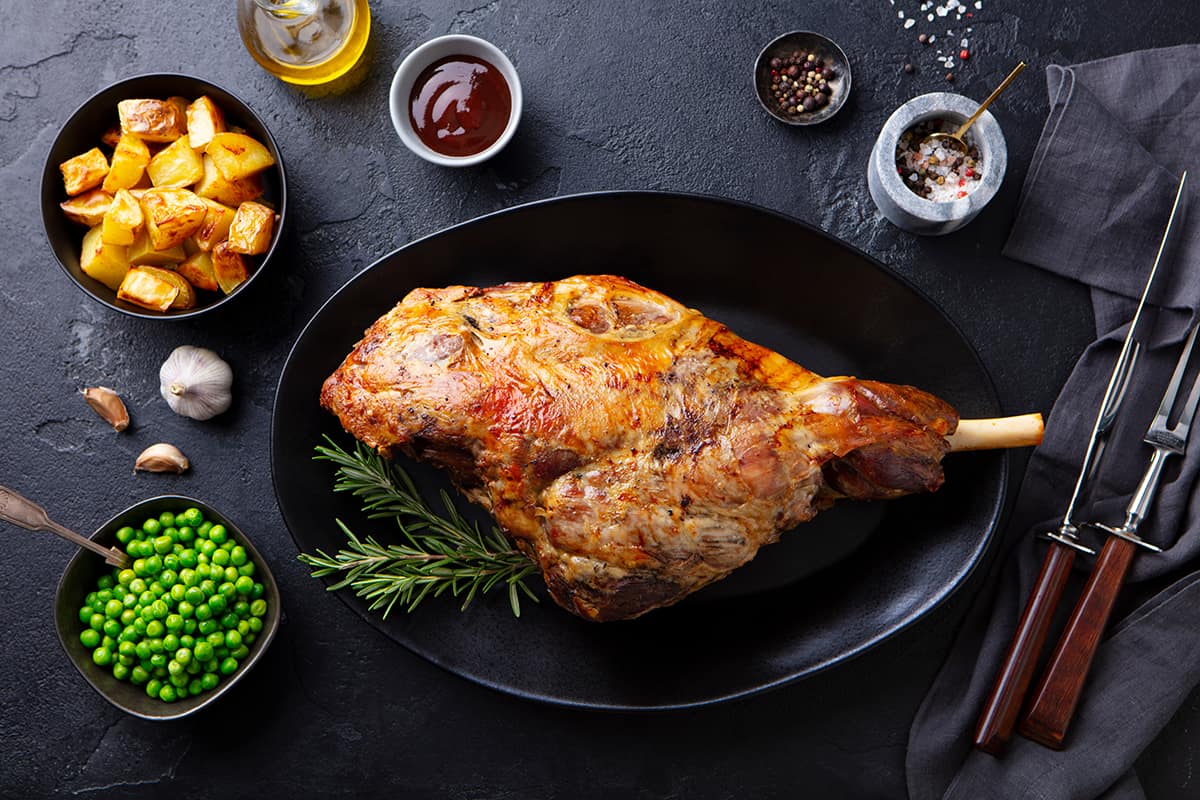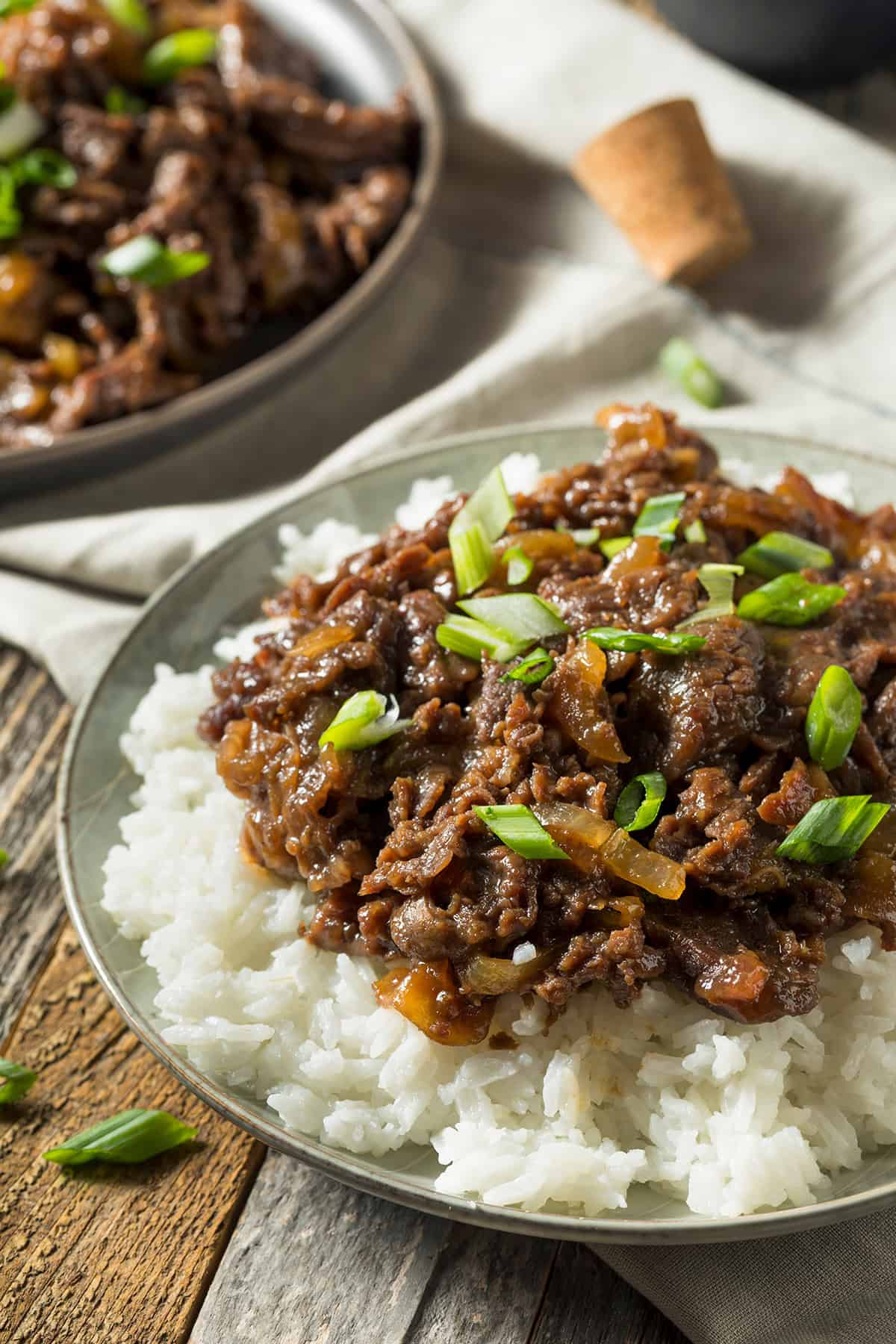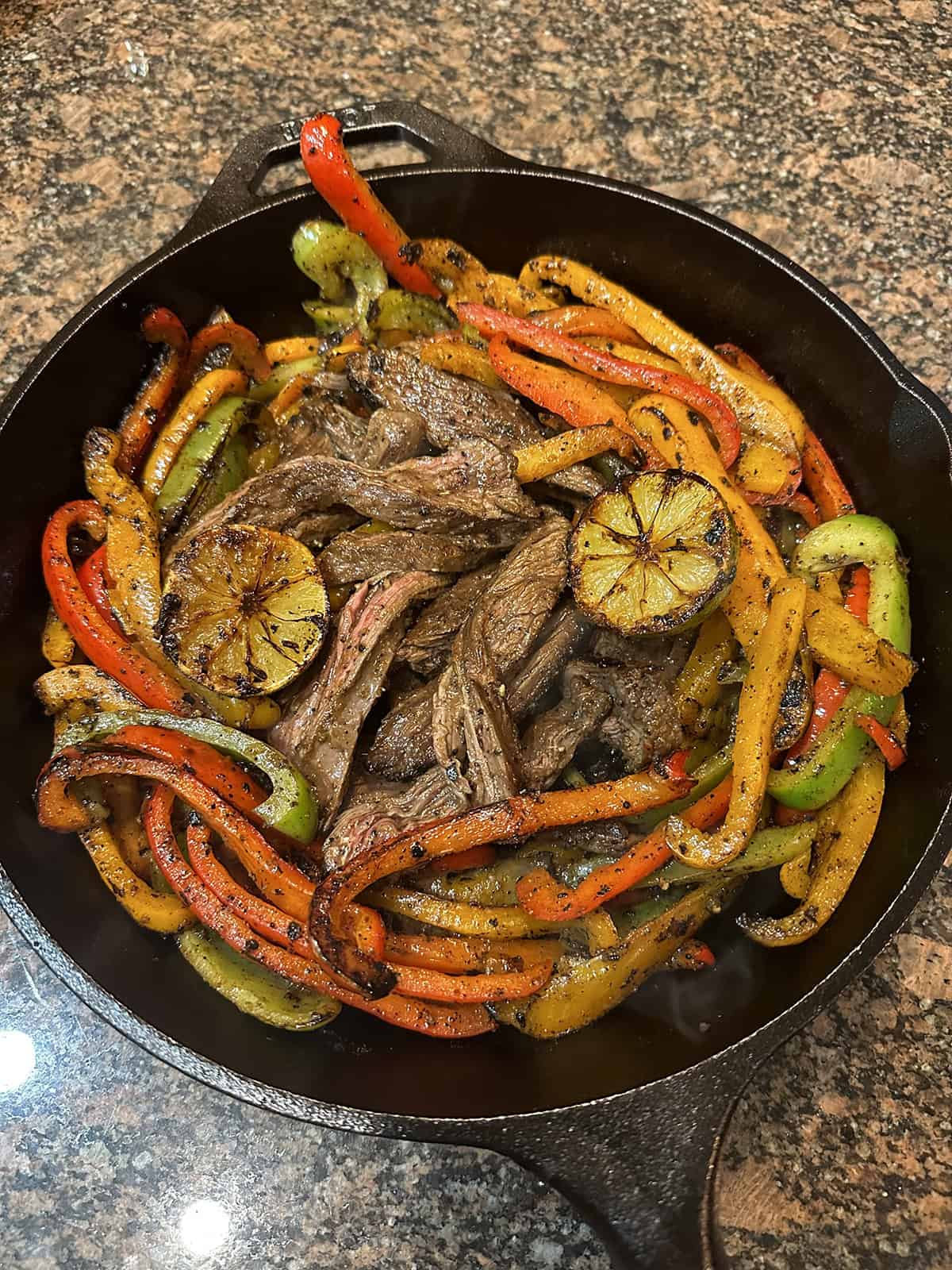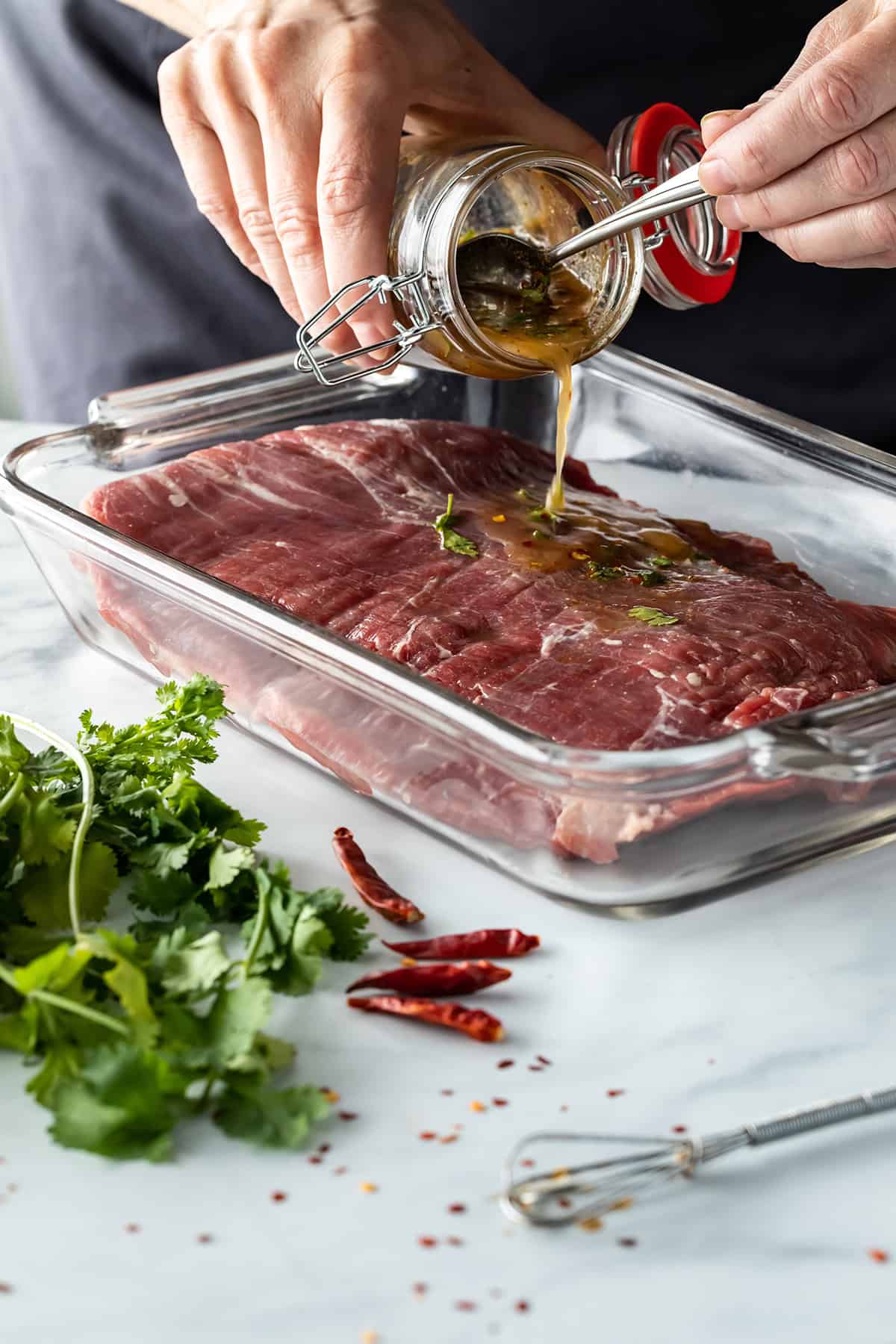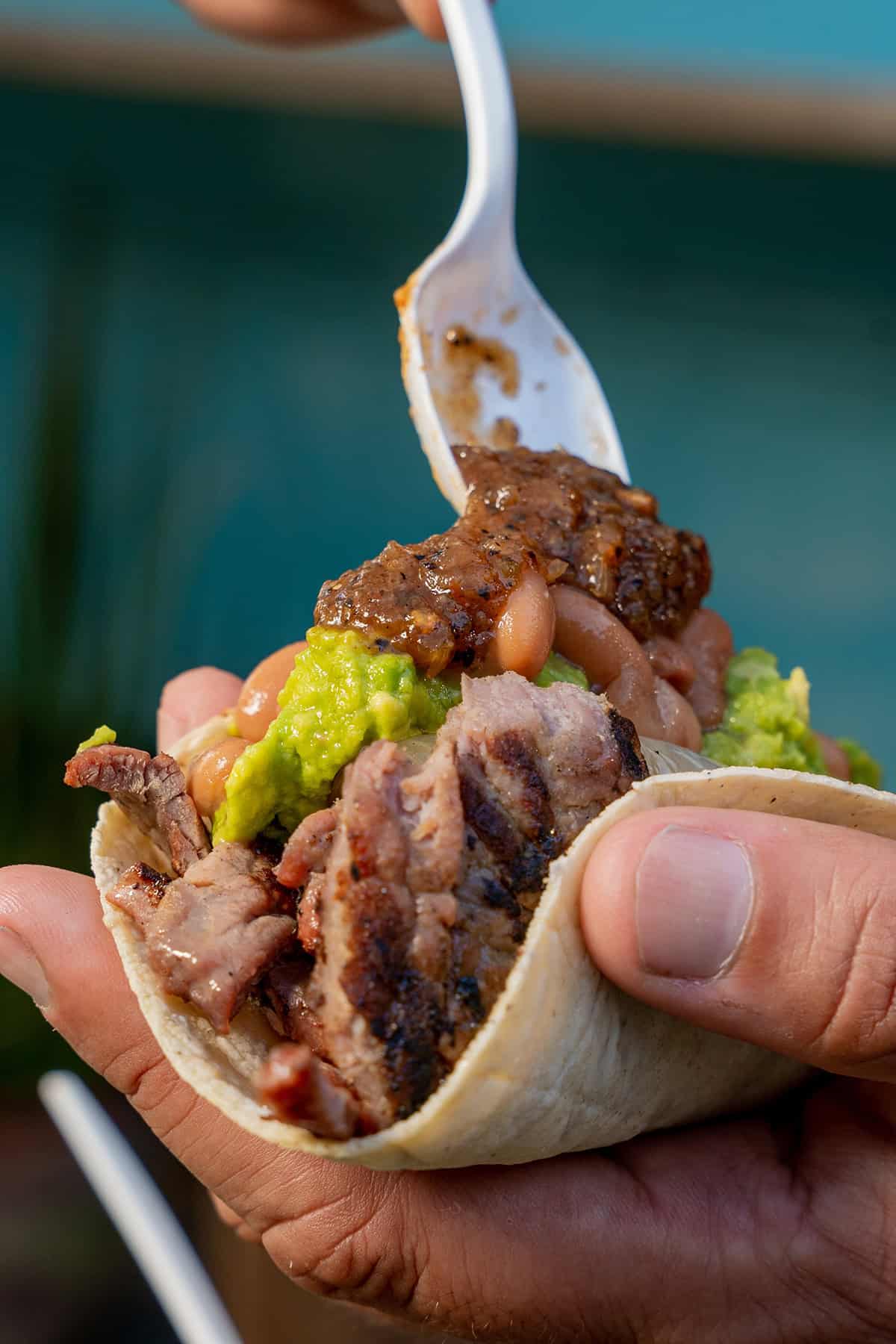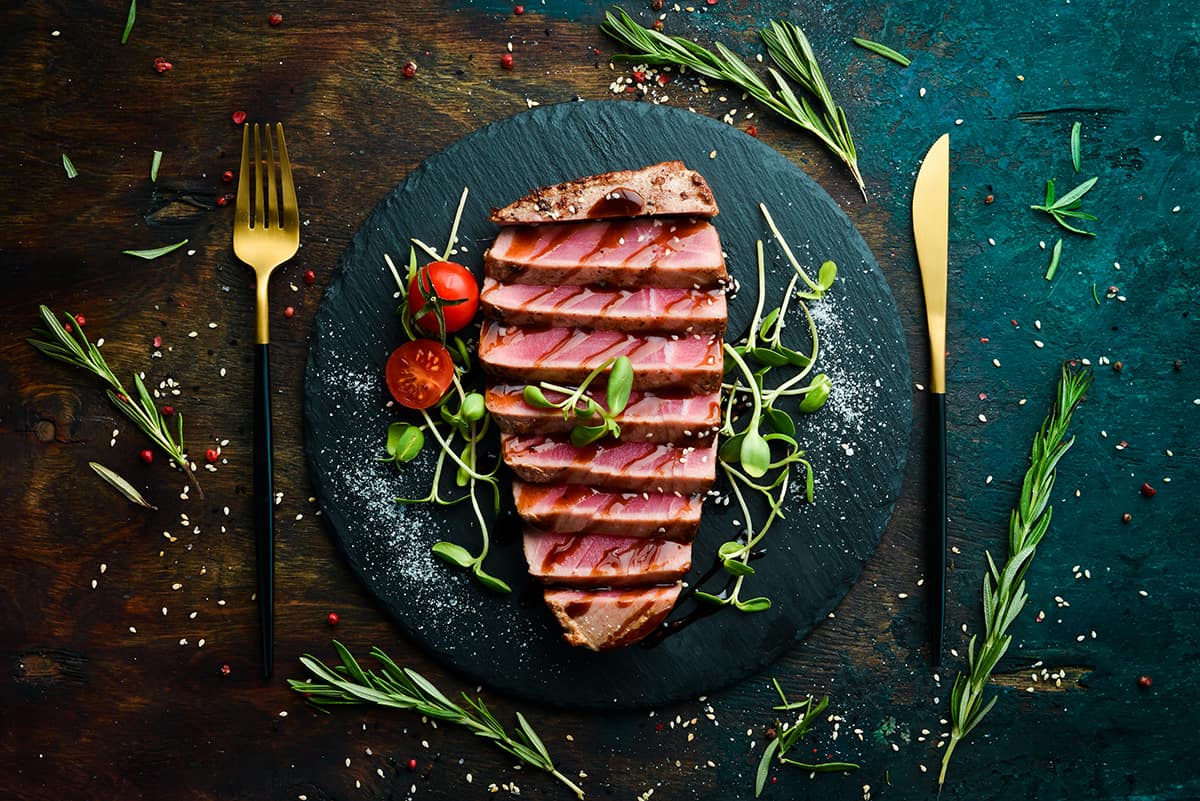Lamb is a delicious option for those looking to spice up their meal rotation, but it can be difficult to prepare properly. Success relies on careful monitoring of both cooking time and temperature. Lamb can become tough and dry if overcooked, and undercooked and unsafe to eat if not cooked long enough.
You can easily wow your loved ones with succulent, perfectly cooked lamb dishes with just a little bit of experience and care. In this guide, I’ll share a helpful time and temperature chart for cooking lamb, as well as how to guarantee perfect cooking results every time.
Lamb Doneness Levels
Before we begin, I’d first like to introduce you to the different doneness levels for lamb. Yes, you read that correctly—you don’t have to dine on well-done lamb, especially if you want more of the natural lamb taste with every bite.
Here’s are a few guidelines on cooking lamb to different doneness levels from rare to well done.
| Doneness | Internal Temperature | Description |
| Rare | 120 to 135°F
19 to 57°C |
Brief cooking times, usually no more than 3 minutes per side. The meat has a robust, almost raw taste and is extremely tender and juicy. |
| Medium-rare | 145°F
63°C |
Pink in the middle and cooked for a longer time, typically between 4 and 5 minutes per side. The meat is juicy, tender, and full of flavor. |
| Medium | 160°F
71°C |
Usually takes longer to cook, between 6-7 minutes per side, and the center is still slightly pink. The meat is juicy, tender, and flavorful, but it’s fully cooked. |
| Medium-well | 165°F
74°C |
Lamb that has been cooked for even longer, usually around 8-9 minutes per side, and still has a very faint pink center. |
| Well-done | 170°F
77°C |
Long-cooked lamb, with a gray-brown interior and a cooking time of 10-12 minutes per side. There is no longer any pink color in the meat. It will still be tender, but the well-cooked flavor will be more pronounced |
Lamb Cooking Time & Temperature Chart
The cooking time and temperature for lamb will vary depending on the cooking method and cut. The following tables will describe how long to cook your lamb and at what temperature when employing different cooking methods.
Oven-roasting at 325°F (163°C)
| Lamb cut | Weight | Med. Rare* | Medium* | Well Done* |
| Whole leg | 5 to 7 lbs. | 15 to 20 min. | 20 to 25 min. | 25 to 30 min. |
| Whole leg | 7 to 9 lbs. | 20 to 25 min. | 25 to 30 min. | 30 to 35 min. |
| Shank half | 3 to 4 lbs. | 25 to 30 min. | 30 to 40 min. | 35 to 45 min. |
| Sirloin half | 3 to 4 lbs. | 25 min. | 35 min. | 45 min. |
| Boneless leg | 4 to 7 lbs.. | 20 min. | 25 min. | 30 min. |
| Rib or rack | 1.5 to 2.5 lbs. | 30 min. | 35 min. | 40 min. |
| Crown roast | 2 to 3 lbs. | 25 min., | 30 min. | 35 min. |
| Shoulder roast | 4 to 6 lbs. | 20 min. | 25 min. | 30 min. |
| Boneless shoulder roast | 3.5 to 6 lbs. | 35 min. | 40 min. | 45 min. |
*Cooking time in minutes per pound
Grilling at 400-450°F (204 to 232°C)
| Lamb cut | Thickness/Weight | Med. Rare | Medium | Well Done |
| Lamb chops | 1 in. | 5 min.* | 8 min.* | 10 min.* |
| Steaks | 1 in. | 5 min.* | 8 min.* | 10 min.* |
| Kabobs | 1 in. | 4 min.* | 6 min.* | 8 min.* |
| Patties | 0.5 in. | 5 min.* | ||
| Butterflied leg | 4 to 7 lbs. | 40 to 50 min. | 50 to 55 min. | 60 min. |
*Cooking time per side
Baking in an Oven Bag at 325°F (163°C)
| Lamb cut | Total weight | Cooking time |
| Bone-in leg | 8 to 10 lbs. | 2 to 2.5 hrs. |
| Boneless leg | 7 to 8 lbs. | 1.75 to 2.25 hrs. |
| Rolled boneless leg | 2 to 4 lbs. | 1 to 1.5 hrs. |
| Rolled boneless leg | 4 to 5 lbs. | 1.5 to 2 hrs. |
| Half bone-in leg | 3 to 5 lbs. | 1 to 1.5 hrs. |
Braised at 300°F (149°C)
| Lamb cut | Weight | Cooking time |
| Lamb shanks | 1 lb. | 2 to 2.5 hrs. |
| Lamb shoulder | 2 to 3 lbs. | 2 to 3 hrs. |
| Lamb neck | 2 to 3 lbs. | 3 to 4 hrs. |
| Lamb riblets | 1 lb. | 2 to 2.5 hrs. |
| Lamb breast | 2 to 3 lbs. | 2 to 3 hrs. |
| Lamb belly | 2 to 3 lbs. | 3 to 4 hrs. |
| Ossobuco | 1 to 2 in. | 2 to 3 hrs. |
How to Cook Lamb Perfectly Every Time
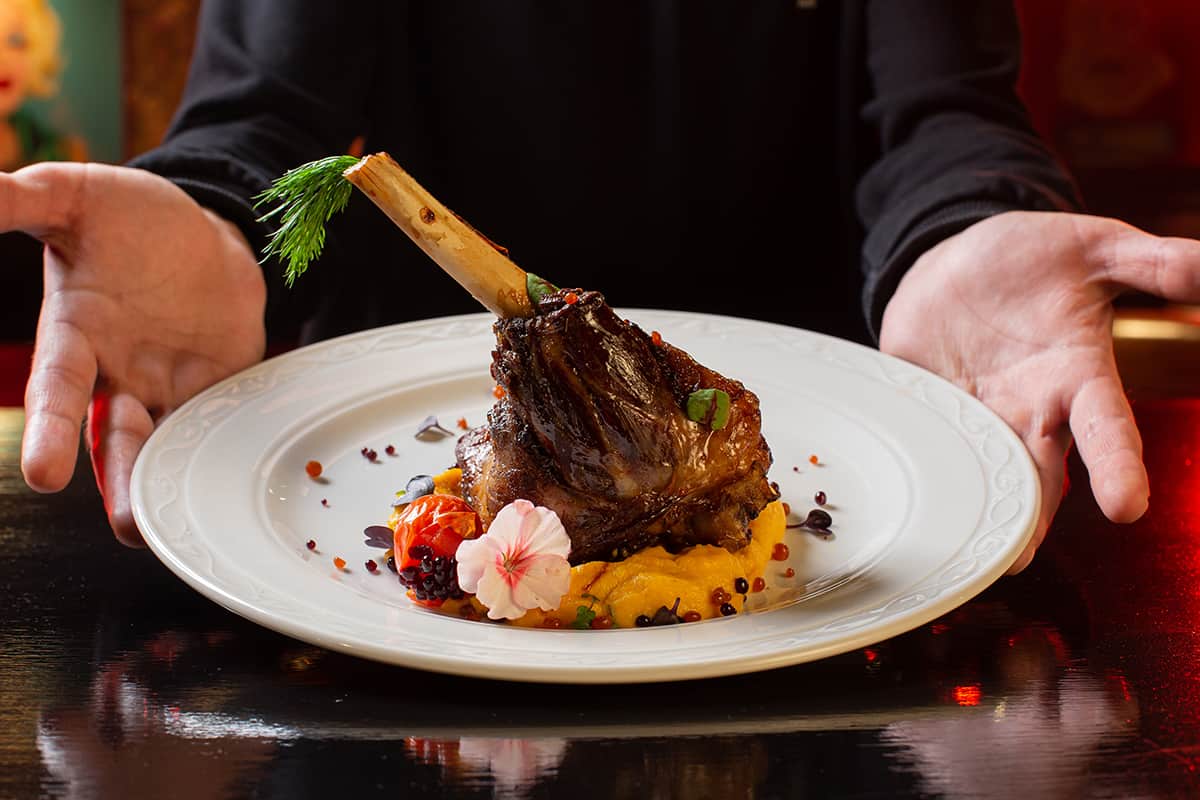
Find out how to cook succulent lamb that is always done to perfection. I will share with you my secrets for perfect lamb, from choosing the best cut to letting it rest before serving.
- Start with the right cut of lamb: Lamb chops, for instance, can be prepared in a matter of minutes and are at their best when cooked to a medium rare, while a whole lamb leg requires more time and can be prepared medium or well done.
- Bring the lamb to room temperature before cooking: By doing so, you ensure that the lamb will cook evenly throughout without becoming overly dry on the surface.
- Use the right cooking method: Different cuts of lamb require different cooking techniques. Grilling or pan-frying is ideal for lamb chops, while roasting works best for a whole leg of lamb. The shoulder of lamb is best prepared by braising or slow cooking.
- Season the lamb well: The flavor of lamb can be improved by simply seasoning it with salt and pepper. To enhance flavor even further, try experimenting with garlic powder, cumin, paprika, mustard powder, mint, and coriander.
- Cook the lamb to the right temperature: Check the internal temperature of the lamb with a meat thermometer to ensure it is cooked to your liking. Follow the temperature guide mentioned above to figure out the optimal internal temperatures for various doneness levels.
- Rest the lamb before slicing: Lamb is at its juiciest and most flavorful when allowed to rest for a few minutes after cooking so that the juices can redistribute. Rushing to cut and carve the meat will result in lost juices and a dryer, less satisfying cut of lamb. At the very least, you should let your lamb rest for 15 minutes before slicing into it.
- Serve the lamb with complementary flavors: Pair the lamb with strong flavors like garlic, rosemary, mint, and red wine to bring out the best in the meat. These enhance the meal by balancing out the bold flavor of the lamb.
